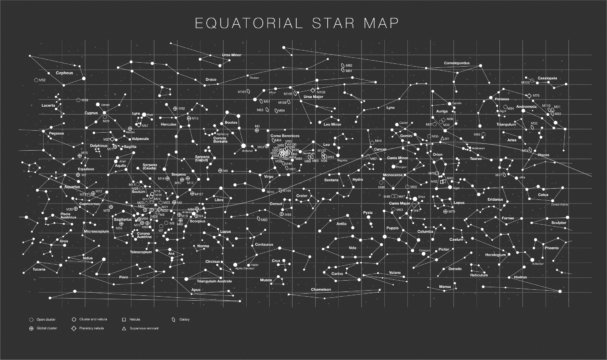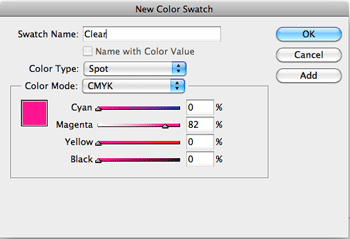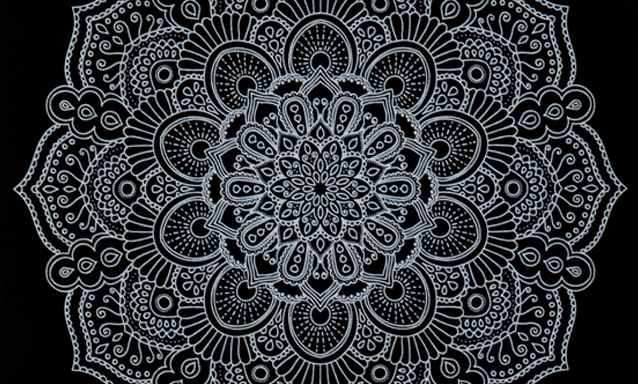Xerox recently introduced a new White Dry Ink for its flagship Xerox® iGen® 5 Press that achieves a new benchmark for brightness and opacity—twice that of competitive digital solutions. That’s one of the reasons it won a Must See ‘Ems Award as one of the top new products at Print 17.
How did the company achieve its brightness and opacity breakthrough with White Dry Ink? We recently spoke with iGen Family Product Manager Mike Riebesehl and iGen Family Technical Program Manger Jonathan Hunter to find out.
Q: How did you decide to develop a white ink for the iGen 5?

Mike: Our sales representatives are our ears to the ground, so when we began looking at what color to offer next, we sent them a survey, and white came out on top. We validated the result with some due diligence, talking to a lot of customers, packagers and general commercial printers, to make sure there was a real business opportunity there.
Q: What were your development goals?
Mike: From a business perspective, we wanted our White Dry Ink to achieve benchmark goals for cost and productivity, and from a technology perspective, for brightness and opacity. We believe we’ve achieved all of those.
Q: How did you achieve benchmark brightness and opacity?
Jonathan: Our research and development team overcame a number of challenges, three of which were especially tough:
One had to do with the press. When we developed Clear Dry Ink, we enabled the iGen 5 to print multiple layers, but printing multiple layers with a single toner was new. To do that we had to make a number of software and hardware changes, including developing a new fuser oil as well as making software adjustments for the timing of the duplex path.
As far as the white toner itself, we tested a number of white pigments and identified the best candidate. But even with this optimal pigment, we had to solve several issues. One was that its exceptional hardness and density challenged the traditional iGen toner manufacturing process in which toner materials are refined into small particles. So we switched to EA (Emulsion Aggregate) Toner, which accommodates the pigment by “growing” particles through chemical reaction.
Once the manufacturing method was developed, we found that the new toner was still challenged by the pigment material’s limited ability to carry a charge and by the higher than usual pigment loading required for our targeted brightness and opacity. We solved both issues with a new manufacturing process, which enabled a toner design that works well in the existing iGen system, yet satisfied all of the brightness and opacity requirements.
Q:How is brightness and opacity measured?
Mike: Opacity is measured as a percentage. Brightness is measured in a lightness value that’s called L* (Star), ranging from zero, which is black, to 100, which is the brightest white. That measure refers to the “L” axis in the standard Lab color space. However, there is no ISO standard way to derive an L* measurement, so vendor-to-vendor comparisons aren’t reliable.
Q: What measurements did you achieve?
Mike: Because L* measurements don’t enable apples-to-apples comparisons, we aren’t disclosing our L* readings. However, we are comfortable reporting that our technologies deliver more than twice the brightness and opacity of competitive digital solutions.
Q: Did you patent any new technologies as a result of the White Dry Ink development process?

Jonathan: Yes. Our team’s efforts led to two original patents covering the technologies behind the higher pigment concentration and the new EA Toner manufacturing method.
Q: Who did the development work on White Dry Ink?
Jonathan: The two primary organizations were our Consumables Development and Manufacturing Group, which does toner development, and our Global Development Group, which is our engineering organization. Both are based in Webster, N.Y. Many other Xerox groups were involved in the overall delivery, including our business and manufacturing teams.
Q:How long did the White Dry Ink development process take?
Jonathan: Once we kicked the project into gear, it took about a year. We leveraged some materials testing that we’d performed in previous years.
Q: Are you planning to develop additional inks for the fifth print station of the iGen 5 and the Xerox® Color 800i/1000i Presses (the other Xerox presses with a fifth print station)? If yes, what are they?
Jonathan: We do plan to develop additional inks for the fifth print station. We made a considerable investment in the iGen 5 to enable the fifth station, and we want to take advantage of that capability. However, our policy is to not share details of future product announcements.
The new White Dry Ink will be available for installations on Oct. 2, 2017, with order taking beginning at Print 17 Sept. 10-14. Please check with your local sales representative for availability in your region. For more information on Xerox White Dry Ink for the Xerox iGen 5 Press, click here.




Comments are closed.